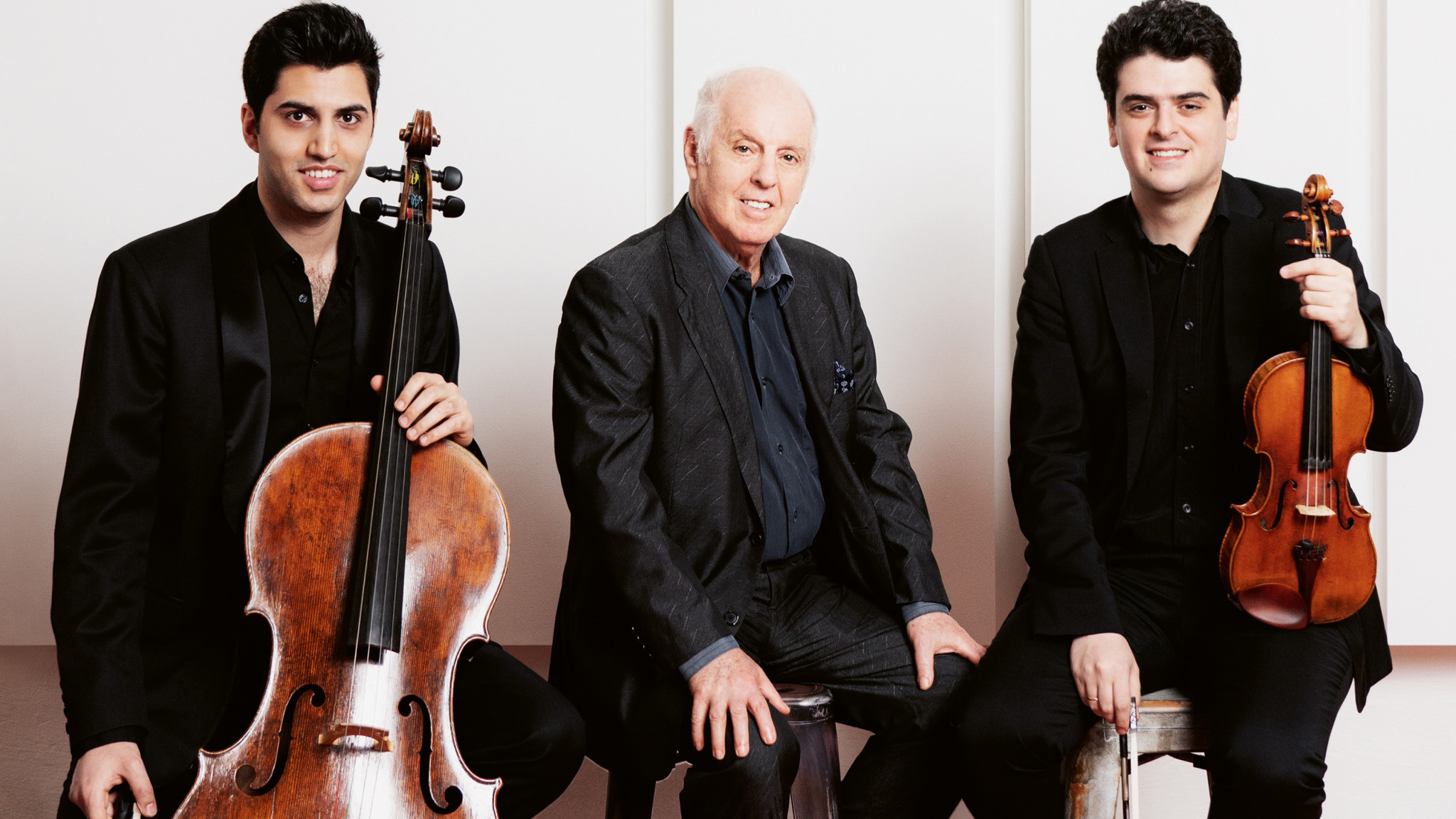Kian Soltani Plays Schumann

Soltani directs the Camerata Salzburg from the cello in Schumann’s
monumental Concerto and in four new orchestrations
The cellist is also joined by Julien Quentin in a selection of his own transcriptions
for cello and piano of songs by Robert and Clara Schumann
Kian Soltani – Schumann comes out on 27 September 2024
Listen to “Abendlied”, op. 85/12 here and watch the performance video here
“His music is poetry – few other composers are as capable of triggering
such powerful associations in me as Robert Schumann”
Kian Soltani
For his new Deutsche Grammophon album, cellist Kian Soltani is focusing on the music of Schumann. The cornerstone of Soltani’s much-anticipated follow-up to Cello Unlimited – winner of the 2022 OPUS KLASSIK Innovative Listening Experience award – is Schumann’s masterful Cello Concerto in A minor, op. 129. This is a work Soltani has played to enormous acclaim many times (“The cello bow seemed to be a mere extension of his arm, his fingers flying over the fingerboard as if it were the most natural thing in the world … an unforgettable musical experience” – Seen and Heard International on his performance with the Tonhalle-Orchester Zürich in September 2023).
Joined here by the players of Camerata Salzburg, led by concertmaster Gregory Ahss, Soltani directs the ensemble from the cello in the Concerto and in orchestrations of four other works by Schumann. The album also features Soltani’s own transcriptions for cello and piano of music by both Robert and Clara Schumann, in which he is accompanied by French pianist Julien Quentin. Kian Soltani – Schumann is released digitally and on CD on 27 September 2024. The orchestrated version of “Abendlied” from the 12 Klavierstücke, op. 85 is available to stream or download from 30 August, complete with performance video, and the Sehr lebhaft finale of the Cello Concerto will follow on 13 September.
In the detailed analysis of the Cello Concerto he has written to accompany the album, Soltani considers the skill with which the composer combines the boundaries of form with lyrical freedom, as well as giving space to the two sides of his artistic personality: “the fierily tempestuous Florestan and the bashful and introvert Eusebius”. As he notes, the work “performs a high-wire act as it moves between these two extremes, which confront one another right from the outset: on the one hand, we have the free flow of the music, the compositional skill and the interiority of Eusebius, and on the other, Florestan’s propulsive passion.”
The fact that Schumann takes so many diverse elements and builds a concerto of such finely balanced architecture is all the more remarkable given that he sketched and orchestrated it within the space of a fortnight in October 1850. Four years later, in early 1854, he spent time revising the proofs of the work sent to him by the publisher Breitkopf & Härtel, despite the fact that by this time he was suffering terrible aural hallucinations. Six days after finishing his revisions, he attempted suicide. He died in 1856 having never heard the Cello Concerto performed. It finally received its public premiere in 1860 but only established its rightful place in the repertoire decades later, after being championed by the legendary Pablo Casals.
Permeating the Cello Concerto as a whole, as Soltani points out in his notes, is the solo instrument’s affinity with the human voice and with the art-song genre, of which the composer was such a master. “It was important for me to extend this mood and to include a selection of my all-time favourite songs by Schumann, some of them with string accompaniment, others with piano,” says Soltani. “The result is as profound as it is personal and deeply moving.”
Of the four orchestral transcriptions on the album, realised by Michael Rot and Matthias Spindler, two are of “wordless songs” (“Abendlied” from 12 Klavierstücke for piano four hands, op. 85 and the second of the 5 Stücke im Volkston, op. 102, for cello and piano, “Langsam”), while the other two, “Mondnacht” and “Auf einer Burg” are from the song cycle Liederkreis, op. 39.
Soltani’s transcriptions for cello and piano include two further numbers from Op. 39, “In der Fremde” and “Wehmut”, as well as songs from Myrthen and Dichterliebe, among other pieces. The album ends with the cellist’s adaptation of “Ich stand in dunklen Träumen”, a song written not by Robert but by his composer-pianist wife Clara, and one which for Soltani reflects the closely related soundworlds and ideas of “two kindred spirits who spoke the same inner language”.





